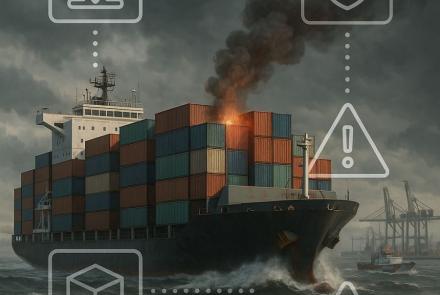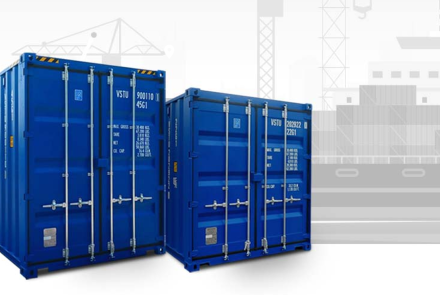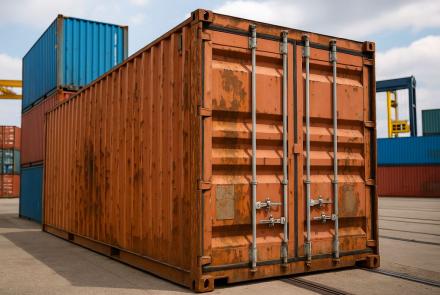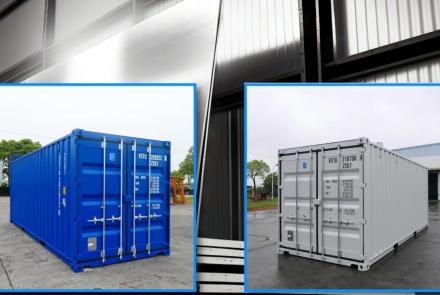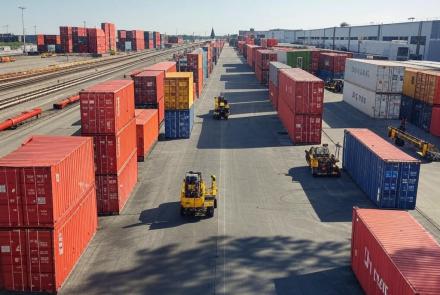HOW VITAL IS THE ROLE OF A PACKING LIST IN INTERNATIONAL SHIPPING?
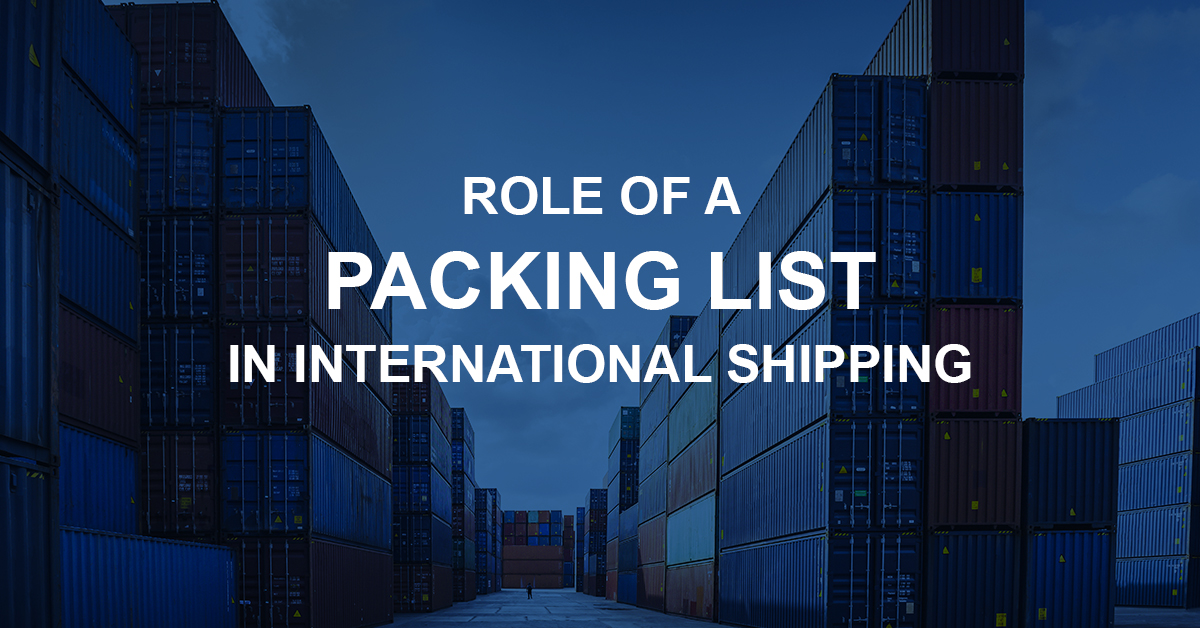
A packing list is an obligatory shipping document used in international trade that provides information about the goods being transported. It accompanies a shipment and supports the smooth functioning of trade by specifying essential facts about a shipment to the exporter, freight forwarder, shipping line, and the consignee. It also serves the purpose of validating the actual shipment with the related commercial invoice. A packing list serves as a security against accidental shipping of a wrong cargo. Packing lists concerning export consignments are more detailed than domestic consignments, and must fulfil the needs of all parties involved in the logistics chain. The transporter cross-checks a packing list to issue the “Bill of Lading” (BOL) that is finally endorsed to confirm receipt of cargo at the final destination.
The basic elements of a packing list include:
Date of issue
Details of consignee
Description of goods in each package
Country of Origin and Final Destination
Number of packages
Weight and volume of each package
Weight and volume of the whole shipment
Invoice details
Purchase Order Ref
Shipper information
Port of loading and discharge
Method of dispatch and nature of shipment
Details of vessel and voyage
A packing list presents all the required information concerning a specific shipment. For custom brokers, a packing list serves as a valid document to permit the entry of goods into another country. The packing must match the information provided in the corresponding invoice.
The packing list comes in handy for the seller to crosscheck the accuracy of the goods being transported. With exported goods, packing lists are affixed to the exterior of the box, while for domestic shipments, it is placed inside the box. When a shipment arrives at its final destination, the buyer cross verifies what has been ordered with the goods actually shipped. This serves as an additional evidence to substantiate payment claims.
An incomplete packing list can present several problems and potentially throw in barriers to the smooth conduct of business transactions. The problems could range from the goods not arriving at the right destination to a delay in payment settlement and other disputes.
An export packing list should be firmly attached to the exterior of each shipping container, in a waterproof packet and an envelope captioned "Packing List Enclosed”. Discrepancies in a packing list could cause delays in the clearing of goods at the port of the final destination, so one has to exercise diligence while preparing a packing list.
A packing list presents all relevant information concerning a specific shipment and serves as an essential document to support most international consignments. While evaluating an import shipment, the packing list functions as an important document for customs authorities. Essentially, a packing list ensures that the right cargo reaches the intended recipient in good condition in the quickest possible time. Primarily, it helps to reduce the probability of human error or even to investigate cases of pilferage during the transit of goods. It is used as a reference to create commercial invoices, bills of lading, and customs documents. In the event of any dispute concerning the shipment, the packing list serves a useful purpose in finding a solution.
A packing list is not a substitute for a commercial invoice, and neither is a commercial invoice a substitute for a packing list. Packing lists document the exact nature of each consignment and they inform the regulatory authorities about the goods in each box being transported. A truthful packing list supports the commercial invoice, acts as a safeguard against wrong declaration, and facilitates the accurate application of duties and taxes.
If you found this article interesting, please check other blogs from VS&B that contain a wealth of information from the world of container shipping.
The Chennai-based VS&B Containers group is a major supplier of new and used shipping containers since 1996. Dealing in dry containers, reefers, flat-racks and open top containers, VS&B customers the choice to pick used or new containers from across the globe through their wide depot network.
With a strong footing in container trading, leasing, and empty container repositioning, the VS&B Containers group also runs a separate division offering software solutions to the shipping & logistics sector.
While satisfying your container needs, VS&B Containers group takes pride in the success of their trading partners. Understanding your needs early on, the company will recommend the right solution that suits your budget and needs.
Contact traders@vsnb.com and get your containers on time! Experts from the VS&B team will clarify how you can choose the right container based on factors like costs, flexibility and returns on investment that your business demands.
Note:
We have sourced facts and figures for this blog from the internet.
- Log in to post comments


